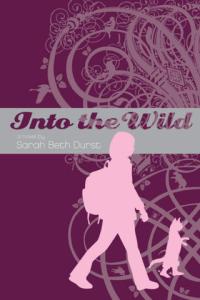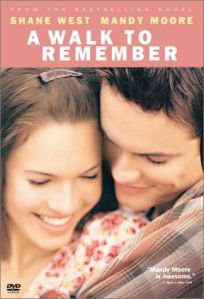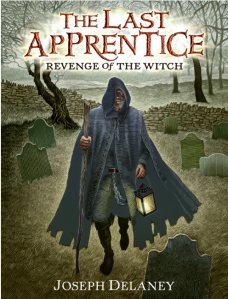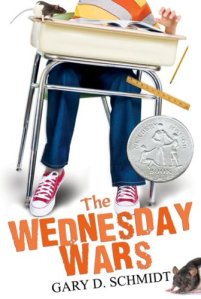 Hiassen, C. (2002). Hoot. New York, NY: Random House Children’s Books.
Hiassen, C. (2002). Hoot. New York, NY: Random House Children’s Books.
Review:
Roy Eberhardt has moved around so much that he doesn’t really feel like he’s from anywhere in particular. Still, Montana felt like home more than any other place before it, so he’s not too happy about having to move once again, this time to Florida. And now, as if being the new kid wasn’t enough, the class bully has decided that Roy is now his favorite target. But Roy soon has much more on his mind, for he suddenly finds himself caught up with a kid with no name, no home, and no shoes…and on the trail of a mystery involving pancakes, venomous snakes with sparkly tails, and owls that live underground.
Hiaasen’s tale of greed versus conservation is full of not only twists and turns but also plenty of hilarity and wackiness. Younger tweens may find the plot confusing, but many will still be drawn in by the suspense and humor. Older tweens will especially appreciate not only the ecological dilemma, but also the more manageable local scale of what is often presented as an insurmountable global crisis.
Best for ages 11-15
Awards and Reviews: Newbery Honor Winner
Author Website: http://www.carlhiaasen.com/index.shtml









